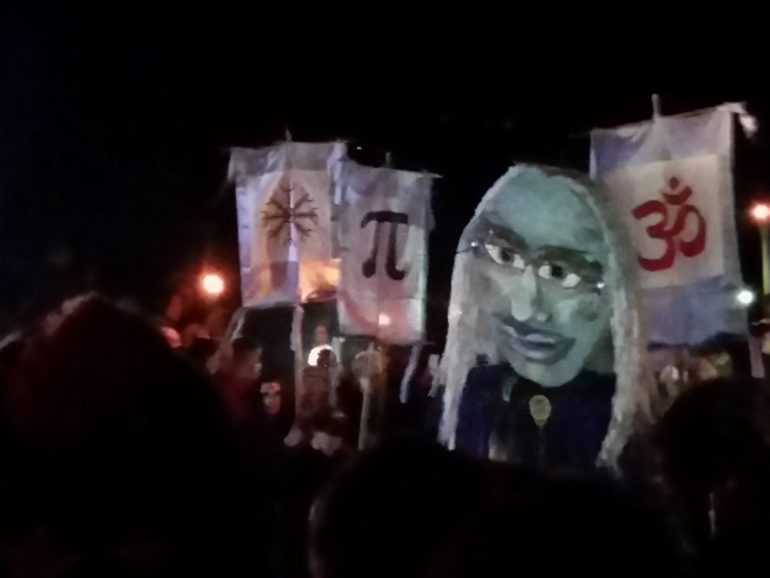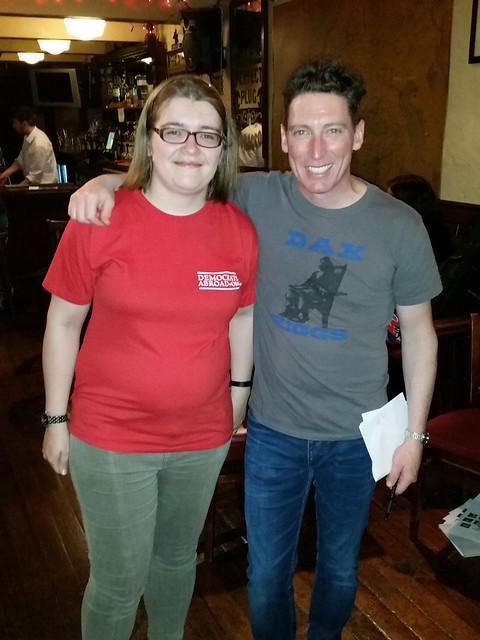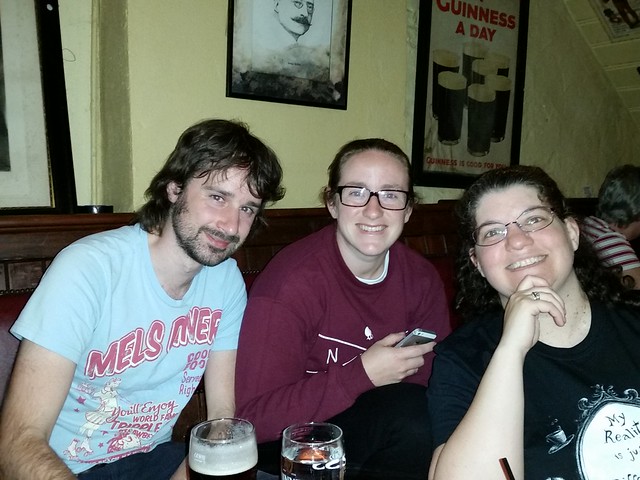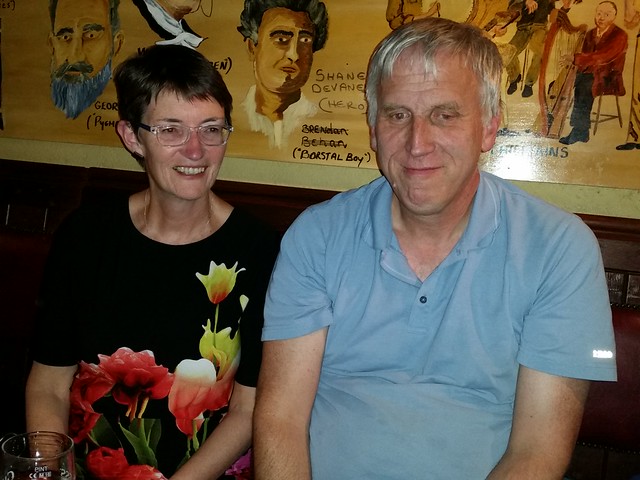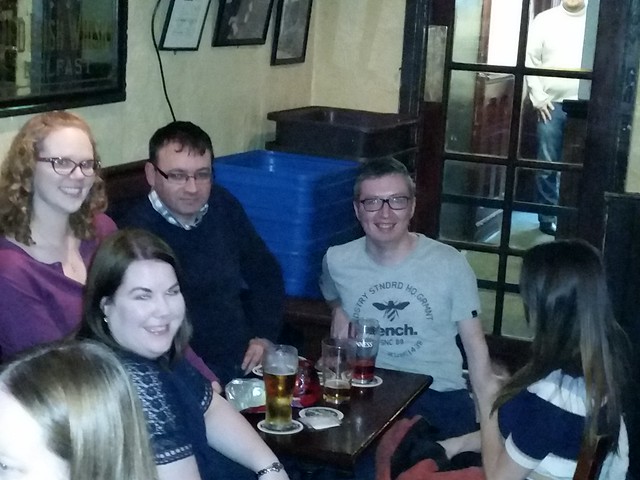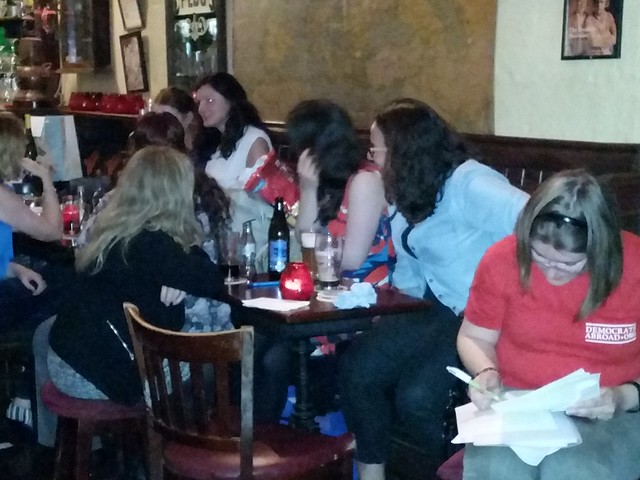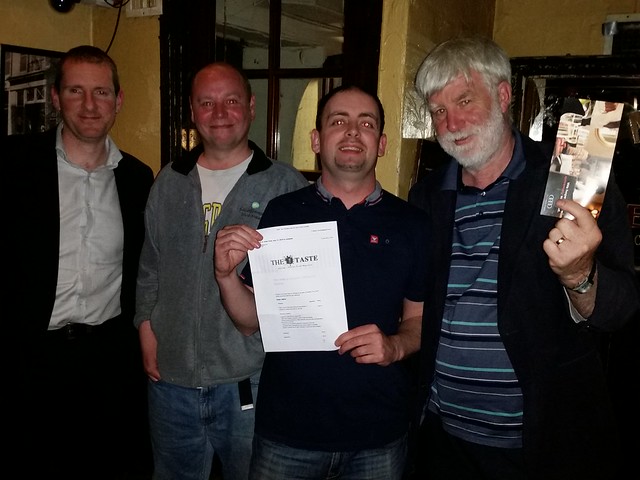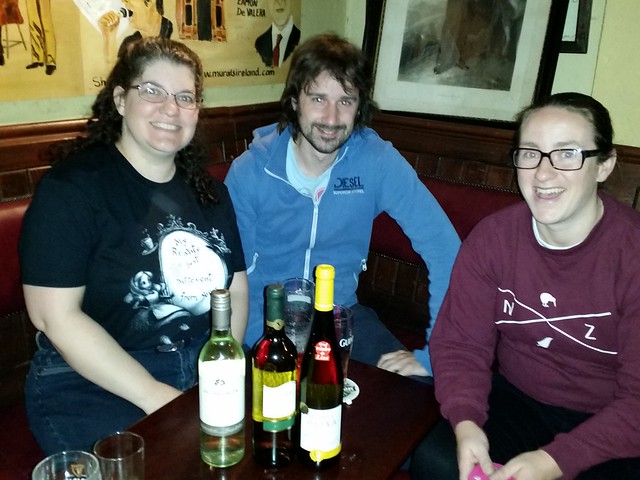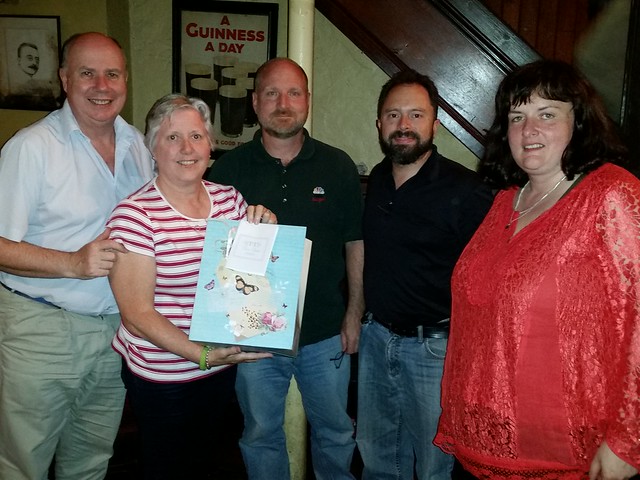 Sunday 21C and Sun. What to do? Get out and hike to #hellfireclub on Montpelier Hill, in the #dublin Mountains. It’s a short and relatively easy walk (minus the steep part at the very beginning) from the parking area to the top, where the ruins of an old hunting lodge is located. (Scroll to the bottom for my tiktok video of the trip).
Sunday 21C and Sun. What to do? Get out and hike to #hellfireclub on Montpelier Hill, in the #dublin Mountains. It’s a short and relatively easy walk (minus the steep part at the very beginning) from the parking area to the top, where the ruins of an old hunting lodge is located. (Scroll to the bottom for my tiktok video of the trip). 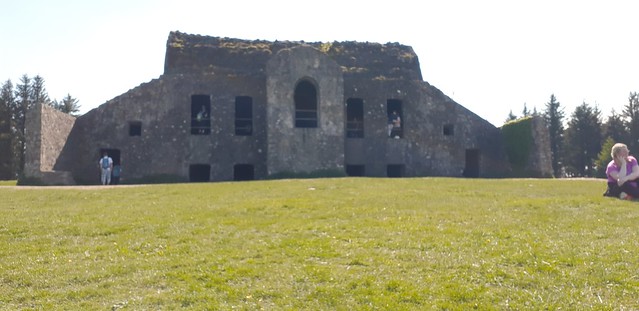 Originally there was a passage grave with a cairn at the top of the hill, but these were dismantled around 1725, when stones were re-used for a new building. At the time, Parliament Speaker Conolly, one of the wealthiest men in Ireland, built a two bedroom hunting lodge on top of the old site, which he named ‘The Brass Castle’. Shortly after completion, a storm blew the roof off. Local Irish folklore says that this was the of the Devil – as a punishment for interfering with the burial cairn.
Originally there was a passage grave with a cairn at the top of the hill, but these were dismantled around 1725, when stones were re-used for a new building. At the time, Parliament Speaker Conolly, one of the wealthiest men in Ireland, built a two bedroom hunting lodge on top of the old site, which he named ‘The Brass Castle’. Shortly after completion, a storm blew the roof off. Local Irish folklore says that this was the of the Devil – as a punishment for interfering with the burial cairn. After Conolly’s death in 1729, the hunting lodge was sold. The new buyers were a part of the Irish Hell Fire Club (believed to be one of the first groups of Free Masons in Ireland), which was active in the years 1735 to 1741, and used the renamed Mount Pelier lodge as a meeting place. Founded in 1735 by Richard Parsons, he was a known dabbler in black magic and the occult. He also ran the “hell fire club” a so called club of “wild young gentlemen” who used a tavern in Cork Hill (by Dublin Castle) as their meeting place, but were dismissed for bad behaviour hence the name “Hellfire Club”. In it’s hayday, members met at locations across Dublin and were known for their amoral behaviour and debauchery involving alcohol and sex. Local stories also call some of the “club” members satanists and devil worshipers and even go so far as to say that president of the club was named ‘The King of Hell’ and dressed like Satan, with horns, wings and hooves.
At any rate, in 1740, the house was burned down, leaving only a burnt out shell of stone and concrete. The ‘hell fire club’ moved on to a different location to meet (the club was later disbanded in 1741). Today, the ruins provide a backdrop that locals like to go explore (and toilet in the ruins), picnic on the front grounds, and enjoy the views and fresh air above Dublin on a Sunny day.
@phoenixrosedsgn Sunday 21C and Sun. What to do? Get out and hike to #hellfireclub , in the #dublin ♬ Calypso – John Denver

